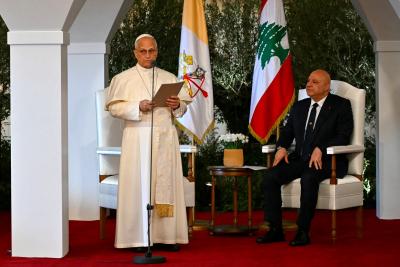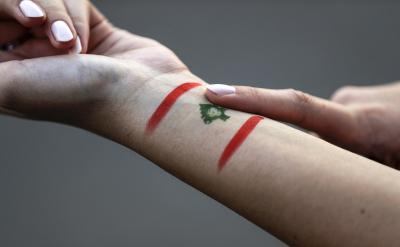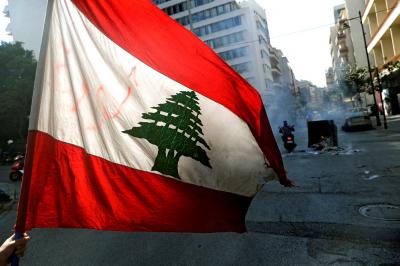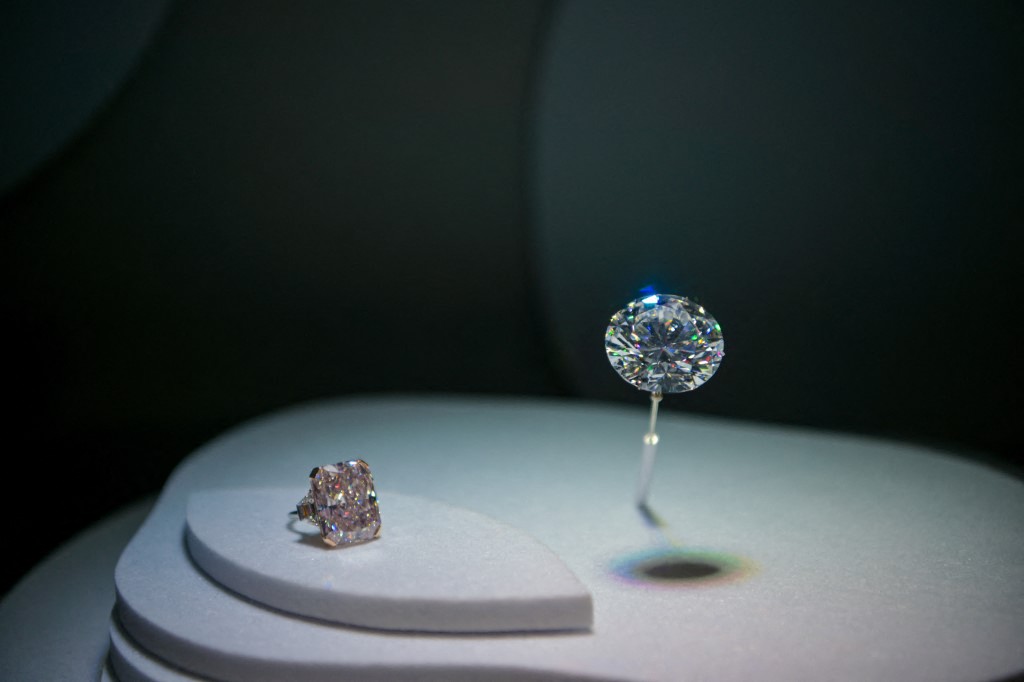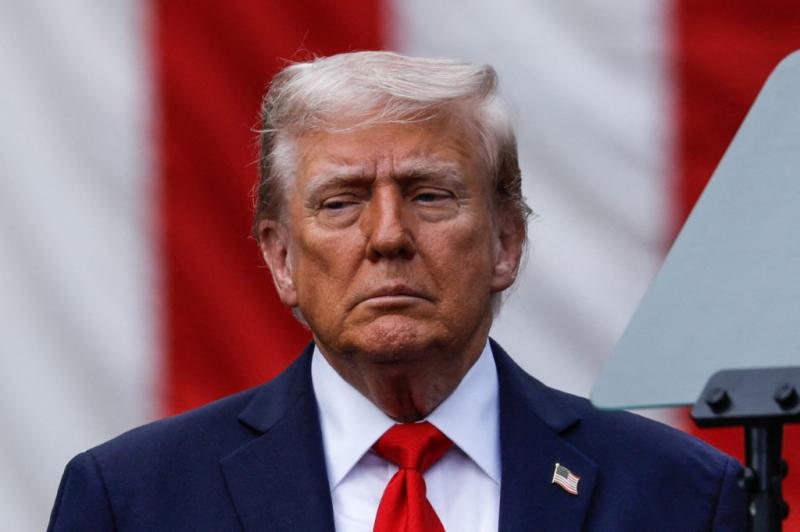Lebanon may lack mines, but it certainly doesn’t lack passion or expertise. It has made its mark on the diamond trade thanks to a long-standing tradition and the adaptability of its people. A country doesn’t need wealth buried underground to make a name for itself in the gemstone market. Amid endless crises, this small nation continues to export a globally valued touch—finely crafted and told through a story of resilience stretching from old workshops to luxury showrooms.
Striking Import and Export Figures
In 2023, Lebanon imported around USD 251 million worth of diamonds, ranking 24th globally among the largest diamond importers. The United Arab Emirates topped the list of exporters to Lebanon with USD 155 million, followed by India (USD 51.7 million) and Belgium (USD 40.1 million).
On the export side, Lebanon exported diamonds worth around USD 304 million in the same year, confirming its role as a key global player in this sector despite its internal challenges.
A Deep-Rooted Industry Amid Challenges
Lebanese jewelry has always reflected exceptional craftsmanship shaped by skilled hands in small, often family-run workshops. For decades, Lebanon played the role of a mediator between Europe and the Arab world, with Beirut as a central hub for gold and diamond trading.
However, the sector suffers from structural issues, most notably a lack of regulation, which opens the door to dishonest practices such as selling zircon as diamonds. Experts stress the need to modernize legislation and enhance oversight to protect Lebanon’s market reputation and ensure transparency.
Natural and Synthetic Diamonds
In an interview with "Al Safa News," Lebanese diamond dealer Saro Davoyan highlighted the sector’s challenges and future trends, particularly with the rise of lab-grown diamonds.
“Despite growing demand, synthetic diamonds cannot replace natural ones,”says Davoyan. “Their value has significantly declined in recent years, now rivaling Zircon in price and prestige. Plus, they can’t be considered a sustainable option due to the high energy consumption in the manufacturing process.”
He also pointed to export difficulties to Gulf countries caused by political tensions, pushing many artisans to seek alternative markets to maintain their global presence.
Diamonds Amid Lebanon’s Contradictions
How can a sector like diamond trading thrive in a country where over half the population lives below the poverty line? Economic journalist and expert Khaled Abou Chakra answers:
“Around 20% of Lebanese people possess considerable wealth, some of which grew during the crisis through offshore transfers or by exploiting subsidies and the Sayrafa exchange platform. This group continues to consume luxury goods and purchase jewelry and gold, sustaining high local demand.”
He adds, “In contrast, Lebanon was placed on the Financial Action Task Force (FATF) gray list in 2024 due to money laundering suspicions, with the jewelry trade being one of the main sectors under scrutiny. This explains the rise in import/export figures despite the overall economic downturn.”
Beyond the Numbers
Lebanon’s import/export figures have shifted notably since 2020. That year, Lebanon’s gold exports to Switzerland neared USD 1 billion—about a third of its total exports. Its imports of gemstones and gold surpassed USD 1 billion in the following years, raising questions about the sources and uses of this capital.
A Profitable Trade… But!
Abou Chakra concludes: “Despite its size, the diamond trade adds no real economic value if linked to money laundering or smuggling—unlike, say, wheat imports. It could harm the national economy and hinder Lebanon’s removal from blacklists. True benefit lies in regulating the sector and turning it into a growth driver that creates sustainable job opportunities.”
Beirut… Between Darkness and Light
Amid crises, the diamond sector gleams as a glimmer of hope. Thanks to Lebanese craftsmanship and refined taste, Beirut still has the potential to reclaim its title as the capital of elegance and precious stones—provided there is a clear vision and real will to create a fair, transparent, and investment-friendly environment.
Please post your comments on:
[email protected]
 Politics
Politics

